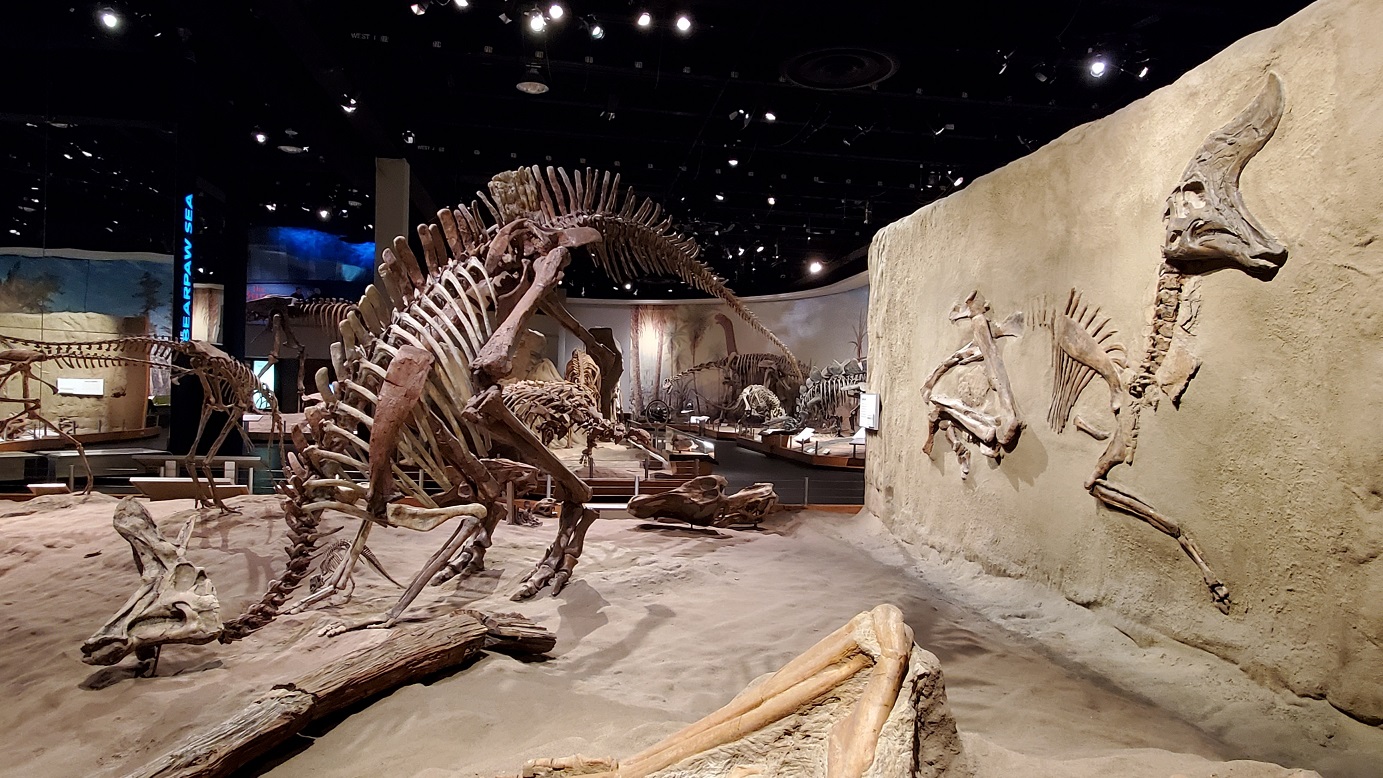Article
Lagomorpha
Lagomorpha, order of mammals containing 2 families: the rabbits and hares (Leporidae), and the small, lesser-known pikas (Ochotonidae).

Enter your search term
Signing up enhances your TCE experience with the ability to save items to your personal reading list, and access the interactive map.
Create AccountArticle
Lagomorpha, order of mammals containing 2 families: the rabbits and hares (Leporidae), and the small, lesser-known pikas (Ochotonidae).
"https://d3d0lqu00lnqvz.cloudfront.net/media/media/8e71f9da-22dd-4449-bd01-06be2e3f6ddf.jpg" // resources/views/front/categories/view.blade.phphttps://d3d0lqu00lnqvz.cloudfront.net/media/media/8e71f9da-22dd-4449-bd01-06be2e3f6ddf.jpg

Article
Lake Agassiz was the largest glacial lake in North America. It was formed 11 500 years ago in front of the northeastwardly retreating Laurentide Ice Sheet, which acted as a dam.
"https://www.thecanadianencyclopedia.ca/images/tce_placeholder.jpg?v=e9dca980c9bdb3aa11e832e7ea94f5d9" // resources/views/front/categories/view.blade.phphttps://www.thecanadianencyclopedia.ca/images/tce_placeholder.jpg?v=e9dca980c9bdb3aa11e832e7ea94f5d9

Article
Lambeosaurus is a genus of large, plant-eating, duckbilled dinosaur. There are three known species of Lambeosaurus, all found in southern Alberta: L. clavinitialis, L. lambei and L. magnicristatus. In 1913, fossil collector Charles H. Sternberg discovered the first Lambeosaurus fossils in the modern-day Dinosaur Provincial Park area. A year later, Canadian paleontologist Lawrence Lambe named the fossils Stephanosaurus marginatus. Fellow Canadian William Parks then renamed the species Lambeosaurus lambei in 1923 in honour of Lambe. (See also Dinosaurs Found in Canada.)
"https://d3d0lqu00lnqvz.cloudfront.net/Lambeosaurus/Lambeosaurus1.jpg" // resources/views/front/categories/view.blade.phphttps://d3d0lqu00lnqvz.cloudfront.net/Lambeosaurus/Lambeosaurus1.jpg

Article
Lamprey, group of primitive vertebrates which, together with hagfish and various extinct forms comprise the fish class Agnatha.
"https://d3d0lqu00lnqvz.cloudfront.net/media/media/31c5a075-649d-4cef-bc38-72753702d9cd.jpg" // resources/views/front/categories/view.blade.phphttps://d3d0lqu00lnqvz.cloudfront.net/media/media/31c5a075-649d-4cef-bc38-72753702d9cd.jpg

Article
Earth's surface experiences change driven by relief, sea level, hydroclimate and human activity. Extreme hydroclimatic events combined with human activity on steep slopes and/or adjacent to low-lying coasts generate natural hazards.
"https://d3d0lqu00lnqvz.cloudfront.net/media/media/da6ae2ec-e05e-46fd-916c-6185a6a86215.jpg" // resources/views/front/categories/view.blade.phphttps://d3d0lqu00lnqvz.cloudfront.net/media/media/da6ae2ec-e05e-46fd-916c-6185a6a86215.jpg

Article
A land cession is a transfer of land from one party to another through a deed of sale or surrender. Land cessions may also be referred to as land surrenders and land purchases. In Canada and the United States, Indigenous land cessions generally took place through negotiated treaties. There are cases, however, where Indigenous peoples claim that lands were taken unjustly. The Royal Proclamation of 1763 established the protocols for land cession in both Canada and the United States.
"https://d3d0lqu00lnqvz.cloudfront.net/Indigenous treaties across Canada.jpg" // resources/views/front/categories/view.blade.phphttps://d3d0lqu00lnqvz.cloudfront.net/Indigenous treaties across Canada.jpg

Article
A landslide is a downward and outward movement of a soil mass that formed part of a slope.
"https://d3d0lqu00lnqvz.cloudfront.net/media/media/aa619f1e-89b3-414d-9f9c-3a5c9c0b0097.jpg" // resources/views/front/categories/view.blade.phphttps://d3d0lqu00lnqvz.cloudfront.net/media/media/aa619f1e-89b3-414d-9f9c-3a5c9c0b0097.jpg

Article
Larch is the Latin name for conifers of genus Larix of the pine family (Pinaceae). All 10-12 species of Larix grow in the Northern Hemisphere; 3 are in Canada.
"https://d3d0lqu00lnqvz.cloudfront.net/media/media/d2ffc2d7-27c2-48f4-a5c3-3adc13de3065.jpg" // resources/views/front/categories/view.blade.phphttps://d3d0lqu00lnqvz.cloudfront.net/media/media/d2ffc2d7-27c2-48f4-a5c3-3adc13de3065.jpg

"https://www.thecanadianencyclopedia.ca/images/tce_placeholder.jpg?v=e9dca980c9bdb3aa11e832e7ea94f5d9" // resources/views/front/categories/view.blade.phphttps://www.thecanadianencyclopedia.ca/images/tce_placeholder.jpg?v=e9dca980c9bdb3aa11e832e7ea94f5d9

Article
Leech (class Hirudinea) is a segmented annelid worm with 34 segments, many external rings and no setae (bristles).
"https://d3d0lqu00lnqvz.cloudfront.net/media/media/e1a3571d-42b5-49b0-97fb-d6e0d037c1f9.jpg" // resources/views/front/categories/view.blade.phphttps://d3d0lqu00lnqvz.cloudfront.net/media/media/e1a3571d-42b5-49b0-97fb-d6e0d037c1f9.jpg

Article
Leguminosae, or Fabaceae, is the third-largest family of flowering plants, containing up to 650 genera and 18,000 species. Over 4,000 species are native to North America, most of which are members of the bean subfamily. They occur as scattered, secondary components of native vegetation. Over 2,000 species of milk vetch (genus Astragalus) alone occur worldwide, more than 40 in Canada. Other common native legumes are lupines (Lupinus), vetches (Vicia), locoweed (Oxytropis) and vetchling (Lathyrus). Most legumes, in association with strains of the bacterium Rhizobium,"fix" part of their nitrogen requirement and improve soils as green manure. Legumes are also a staple in the diets of both animals and humans.
"https://d3d0lqu00lnqvz.cloudfront.net/legume/alfalfa.jpg" // resources/views/front/categories/view.blade.phphttps://d3d0lqu00lnqvz.cloudfront.net/legume/alfalfa.jpg

Article
Lentil is a small leguminous seed belonging to the Lens culinaris species and the legume (Fabaceae) family.
"https://d3d0lqu00lnqvz.cloudfront.net/media/media/3eeb9a30-f9b1-4e9a-afc1-c608c430b9cc.jpg" // resources/views/front/categories/view.blade.phphttps://d3d0lqu00lnqvz.cloudfront.net/media/media/3eeb9a30-f9b1-4e9a-afc1-c608c430b9cc.jpg

Article
Canada’s deadliest road accident to date was a single-vehicle bus crash near Saint-Joseph-de-la-Rive, in the Quebec municipality of Les Éboulements, on Thanksgiving Day, 13 October 1997.
"https://www.thecanadianencyclopedia.ca/images/tce_placeholder.jpg?v=e9dca980c9bdb3aa11e832e7ea94f5d9" // resources/views/front/categories/view.blade.phphttps://www.thecanadianencyclopedia.ca/images/tce_placeholder.jpg?v=e9dca980c9bdb3aa11e832e7ea94f5d9

"https://d3d0lqu00lnqvz.cloudfront.net/media/media/612f2ae4-e91a-4dd8-befc-53eae2b2bee0.jpg" // resources/views/front/categories/view.blade.phphttps://d3d0lqu00lnqvz.cloudfront.net/media/media/612f2ae4-e91a-4dd8-befc-53eae2b2bee0.jpg

Article
The more conspicuous lichens are foliose, lobed or leafy with distinct upper and lower surfaces; or fruticose, hanging like black or yellow hair from trees or shrubby and erect on the ground. Crustose lichens form a thin crust over rocks or bark and are conspicuous only if brightly coloured.
"https://d3d0lqu00lnqvz.cloudfront.net/media/media/6d7c5b34-5f97-4729-8fff-7cec77ad4b9a.jpg" // resources/views/front/categories/view.blade.phphttps://d3d0lqu00lnqvz.cloudfront.net/media/media/6d7c5b34-5f97-4729-8fff-7cec77ad4b9a.jpg
